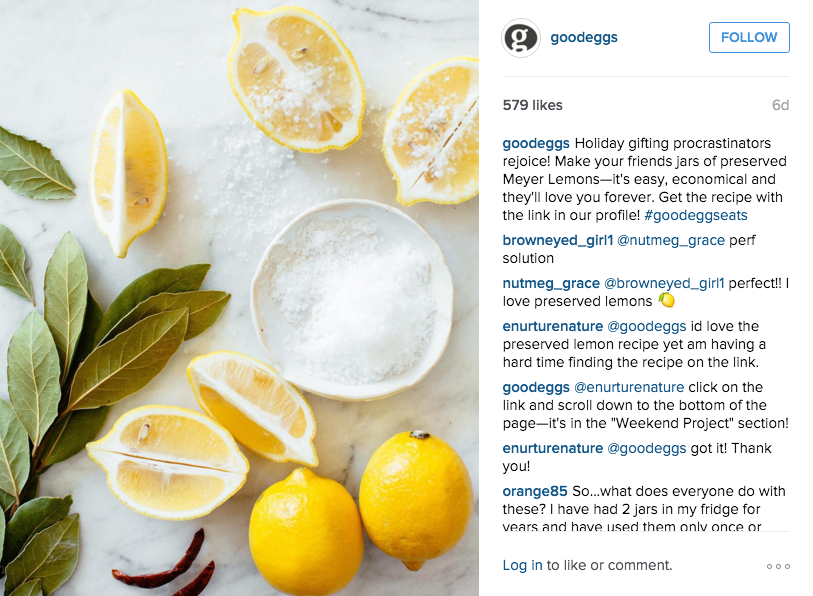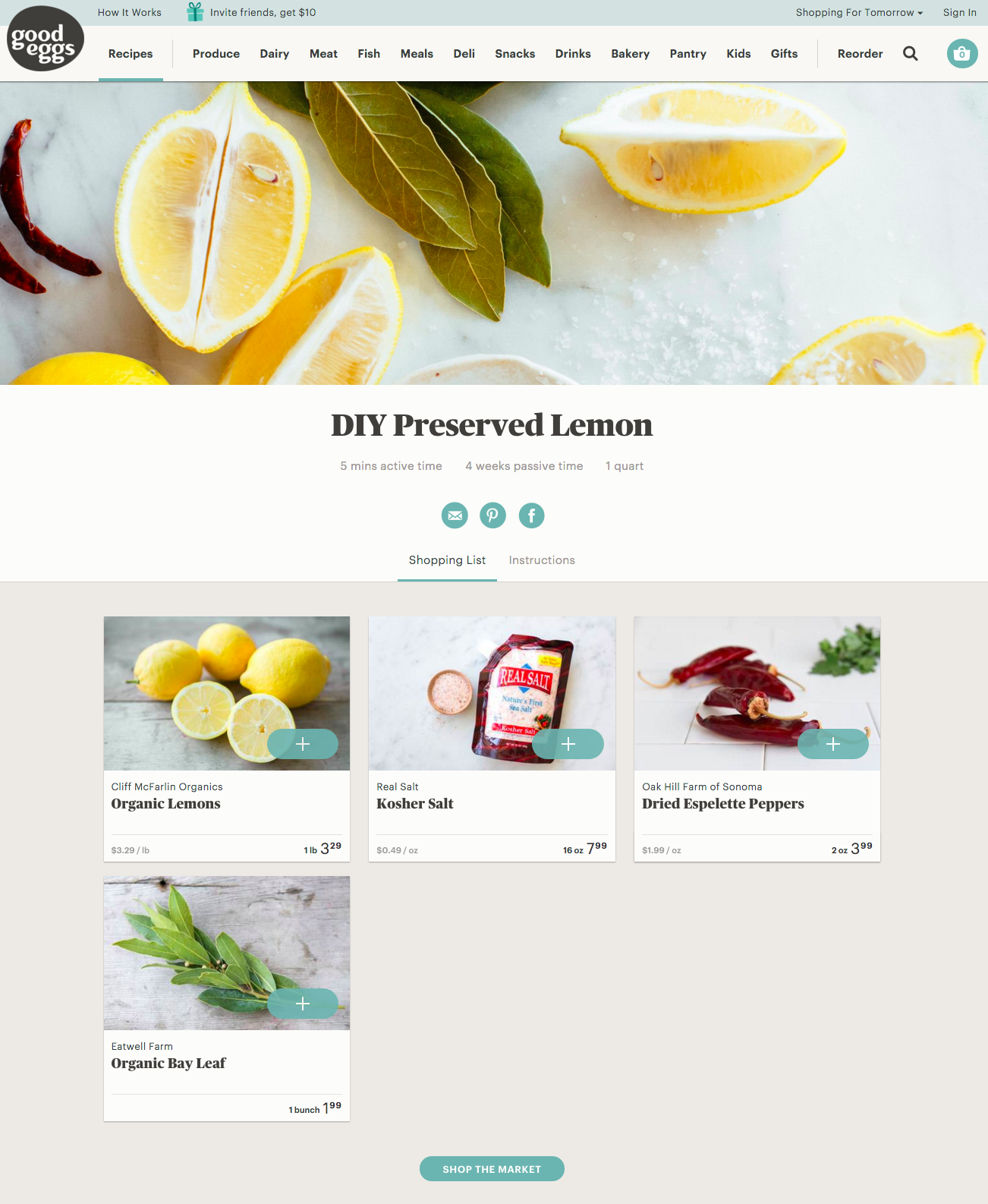
NB: This is an article by Carolyn Murphy, Marketing Specialist at Revinate
As we ring the new year, it feels like we’re entering into a veritable golden age of digital marketing, at least for larger hotels. Article after article regales us about how big brands like Marriott are using content marketing and rich media to produce a wellspring of highly sophisticated, interactive, branded content. The big brands are fast becoming their own publishers and agencies, creating digital marketing campaigns that are hypertargeted to specific audience segments. Intricate and complex multi-million dollar digital marketing strategies like these leave smaller hotels feeling like they can’t keep up. How is a smaller hotel with fewer resources supposed to get the attention of prospective guests?
Independents Rule
There’s a reason why there has been so much brand consolidation in the hotel industry in the past year or so. Brands like IHG and Marriott see the value in the more personal boutique experiences provided by smaller brands like Kimpton and Starwood.
The takeaway for smaller hotels? Your unique experience has great value in an environment where 70% of consumers expect more personalized experiences from brands. And the great thing is, the technology exists today to allow smaller operations to deliver on the personalized experiences their guests expect. Here are four proven digital marketing strategies and tactics for small hotels like yours to focus on in 2016 that can be translated into actionable, high-return marketing initiatives at a reasonable cost.
1. Inbound Marketing Strategies
In today’s consumer-driven era, hotels need to operate transparently and communicate openly. Inbound marketing empowers small businesses to do just that, realigning the brand’s internal-facing focus on sales, marketing, and operations toward an external-facing focus on strategic decision-making based on guests’ needs and preferences. With inbound marketing, the emphasis is on earning, not buying, your guests’ attention. This is accomplished by actively engaging on social media and producing fresh and original content such as blogs, videos, DIY guides, and more. This inbound combination of relevant content and online engagement creates a solid foundation for sales and marketing efficiency, effectiveness, and growth.
The effectiveness of inbound as a preferred marketing strategy is underscored in the findings of HubSpot’s “State of Inbound 2015” report, a global survey of nearly 4,000 marketing professionals. Among marketers surveyed, inbound had a 75% likelihood of being the marketing approach of choice, while outbound had only a 25% chance. This 3:1 ratio remained consistent across all company types (B2B, B2C, and nonprofit).
Moreover, every company HubSpot surveyed, regardless of marketing budget, was 3X as likely to see a higher ROI on inbound marketing campaigns than on outbound. This is partly because inbound leverages the most prevalent consumer-driven modalities of the digital age, and partly because inbound campaigns are more cost-efficient than many traditional outbound strategies (PR, print, radio, TV advertising, etc.).
Struggling to come up with content that’s right for your hotel? Think about what your property has to offer, and don’t be afraid to take inspiration from other industries.
For example, check out Good Eggs, a web-based farmer’s market in the San Francisco Bay Area. Their Instagram account is full of ideas hotels can borrow. In the following post, Good Eggs provides timely value by giving followers an idea for DIY holiday gifts.

The value they get in return? The ingredients for the recipe are all available to purchase through the Good Eggs website.

So how can hotels put this sort of inbound marketing strategy into action? Again, think about what your property has to offer, and think about what your goals are. Typical goals might be to attract the attention of new potential guests and encourage past guests to book again. In this case, perhaps producing items like guides on things to do in your area is the right strategy for you. For example, the L’Auberge de Sedona got great engagement with past and prospective guests with a Facebook post about a hike near their property (and in general, L’Auberge is doing a great job building a brand on Facebook).

Other ideas for engaging content might include a video of your bartender mixing a signature cocktail. Or, you could document seasonal changes to your property like local wildflowers in the spring, or special decorations for the holidays. But, building engagement with your brand is only the first step.
2. Marketing Automation
Once you’ve started to produce this inbound marketing content, what’s the next step? Next, you’ve got to engage with past guests directly and on a one-to-one level in order to encourage them to book directly with you again and again. The easiest way to manage this is with an all-in-one marketing automation solution, which has built-in analytics, social, and customer relationship management (CRM) functions.
Of all the benefits of a marketing automation solution, perhaps the most significant is the ability to access in-depth marketing analytics through a single unified platform. With the right solution, you can pull in data from your various hotel systems like your PMS, POS, booking engine, online reviews, feedback surveys, and various other systems that might be creating silos of customer data, to create a single customer view. You can use this kind of granular data to build high-conversion hypertargeted email campaigns that are more effective than generic blast emails.
How much more effective are they? According to the DMC National Client Email report, targeted email campaigns produce 30% more opens and 50% higher click-through rates than undifferentiated messages. Additionally, 76% of all email marketing revenue comes from more advanced practices than generic broadcast email.
What might this marketing strategy look like for a hotel?
To start, think about the potential to introduce automated email interactions with guests during the cycle of a stay. Are you taking advantage of transactional emails, which get higher open rates than promotional emails? What are you sending your guests pre-stay? During their stay? Post-stay? Think about the ways you can leverage unified data to create an experience that feels personalized throughout the guest’s stay.
3. Think Mobile
It goes without saying, but I’ll say it anyway: We live in a mobile-driven world. In Q4 of 2014, almost half of all email opens happened on a smart phone. Google released research in 2015 that consumers are likely to search on their phones, even when a laptop or desktop is likely to be available to them – 77% of searches happened on a mobile phone at work or at home. Data like this probably lead to Google’s decision to change their search algorithm on April 21, 2015: basically, as a result of this algorithm change, sites that aren’t mobile friendly rank lower in search than sites that are.
What does this mean for hotels? It means that a hotel’s marketing team needs to put mobile first when it comes to email and web design. Responsive web design (RWD) takes a mobile-first approach, designing backward from the smallest-sized device to the largest to ensure web-based content properly scales on devices of varying sizes. RWD creates a consistent user experience across multiple platforms, and prevents frustration on the part of the user when information does not display correctly on a chosen device.
Unfortunately, a surprising number of small businesses are late to the RWD party. According to the findings of a recent survey by research firm Clutch, only 56% of small businesses have applied responsive design to their websites. This, when slipping even one spot to drop out of the top 3 positions can mean up to 90% fewer visits to your hotel’s site.
Building loyalty with marketing in 2016
As you sit down to figure out how you’re going to allocate limited resources on marketing for the upcoming year, think about who you are and what you want to accomplish. Take some time to clarify your core values as an organization. After you’ve done this, you can then ask yourself, “Which marketing strategies and tactics can help us accomplish these goals most efficiently and effectively?” You might be surprised to find out how much clarity this simple exercise can bring to your budgetary analysis.
Read more articles from Revinate




